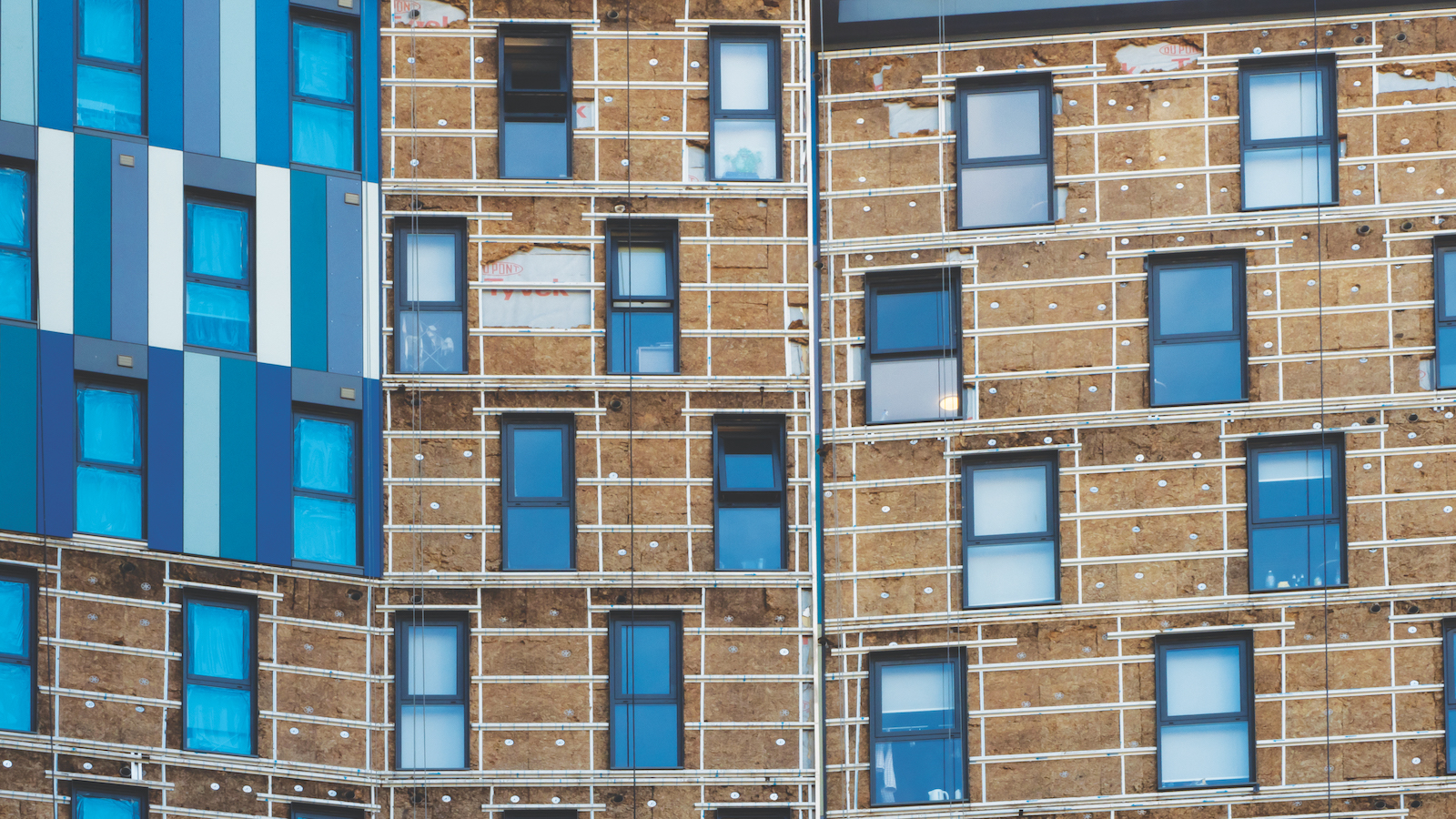
While in agreement with the first paragraph, surely by extending the line of accountability to include the sign-off of a certificate for subcontractors by building control, the client’s agent and insurers will only lead to further debate on who is responsible in the event of a problem with the installation.
The responsibility for the correct installation rests entirely with the main contractor whose supply chain should be employing skilled subcontractors and also have their own checking and recording systems in place to endorse any subcontractor certification so that they are confident and could prove that to the best of their knowledge the work had been properly installed in accordance with the specification and manufacturers’ recommendations.
Peter Palmer AIOB (retired)
Cladding proposals need a rethink (CM, 3 March)
Is the emphasis wrong in “protecting tenants and leaseholders from unsafe cladding”? It should be “ensuring occupants of affected buildings can escape safely from such buildings by simultaneous evacuation, smoke and heat detection and/or sprinkler protection”. Subject to the escape provisions being achievable on each property, a cost comparator between the two options may result in the latter being the safer and less onerous funding solution for the protection of the occupants.
Keith Hammond
Building safety managers post-development have to be a good thing. However, is anyone considering stage one – the management of building safety when the designs are being put together? Building safety management should be a legal duty placed on those commissioning buildings or building work. When I identified fire-related Building Regulations shortfalls in designs a developer was putting out to tender, the in-house project manager (who holds a very senior position in the industry) said it wasn’t their concern but rather it will be the D&B contractor’s problem. The instigator of work must be held to account for safety at the outset of what they commission.
Eric Beaven
Excellent article. In my professional career, I have tried to adopt the same principles and can vouch that it works. This was especially true when working overseas with a culturally different workforce. In the UK, with the increased diversity within the industry, those same cultural issues now exist here. Coaching is definitely the way to develop one’s team. The old adage “treat others like you would like to be treated yourself” is true in leading teams.
John D Green
I have been using this approach for over 50 years. I always said “please” and “thank you” to my staff before during and after completion of their allocated task. Further, I would never ask a person to carry out a task that I had not done myself, or have someone explain the task to the operative first.
Graduates are good at being academic but practical knowledge is also a huge bonus out on site. Put the two together and you have a good manager. Maybe Carillion would not have failed if the people at the top had had construction hands-on experience.
Graham Skeer
I started in the 1950s as a carpenter on site, worked through the usual promotional route and ended up as a member of the CIOB and RICS, and with a master’s degree in construction management, as well as studying and controlling large-scale foundation works. I was lucky that my chief executives all took the view that people were your most valuable resource. This goes for subcontractors and suppliers: pay all accounts on time, pay what they are due, not a penny more, not a penny less!
As one put it: “The man who has not made a mistake has not been invented yet, just do not make the same one twice. Do not set up a blame culture.”
John Lyons
Provide your own feedback on latest industry issues by posting comments online or by emailing the editor at [email protected]
Comments
Comments are closed.











Like many I have been following the enquiry. Questions I have include ‘If no renovation work had been done so the original design concept was properly maintained would the ‘Stay put’ policy have been appropriate?’
And ‘Did poor or inappropriate window selection or installation be a major factor in a single flat fire setting the building alight?’ I know that fire resistant building foam is twice the price of normal, assuming that was being used. I would have expected the original build to have aluminium or galvanised single glazed frames possibly with hardwood battens.
Will, or when, will I get answers?